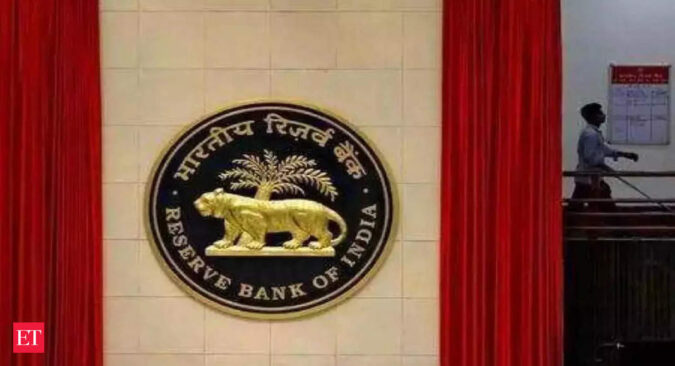The central bank raised the gross domestic product (GDP) growth forecast by 10 basis points to 6.5% for FY24 and at the same time brought down inflation projection to 5.2% from 5.3%.
“While the numbers may not really be significant, the messaging is subtle that the MPC (monetary policy committee) expects the economy to fare well on both counts this year,” said Madan Sabnavis, chief economist at Bank of Baroda.
“The RBI does believe that both the domestic and external sectors are doing well to warrant such optimism,” he said.
RBI governor Shaktikanta Das expects the government’s focus on capital expenditure, capacity utilisation above long-period average and moderating commodity prices to bolster manufacturing and investment activity.
“The higher rabi production has brightened the prospects for agriculture sector and rural demand. The steady growth in contact-intensive services should be positive for urban demand,” Das said.
The World Bank earlier this week lowered India’s growth projection for FY24 to 6.3% from an earlier 6.6%, attributing shrinkage in consumption on the back of slower income.The International Monetary Fund had in January projected India’s FY24 growth at 6.1%.
The central bank raised the GDP growth projection even after considering the global headwinds which may drag external demand while the continued geopolitical tensions and the global financial market volatility pose downside risks to the outlook.
The projections for first quarter growth is at 7.8%, second quarter at 6.2%, third quarter 6.1% and fourth quarter at 5.9%.
The central bank also expects the real GDP for the world’s fifth largest economy to have recorded a growth of 7% in FY23.
“Investment activity exhibited buoyancy on the back of government’s thrust on infrastructure spending,” Das said.
He said that aggregate demand conditions were resilient in Q4 of FY23, even as private consumption showed some signs of slowdown. Urban demand indicators like passenger vehicle sales and credit cards spending registered robust growth in February, while consumer durables contracted in January. Rural demand indicators such as consumer non-durables, tractor and two wheeler sales registered healthy growth.
